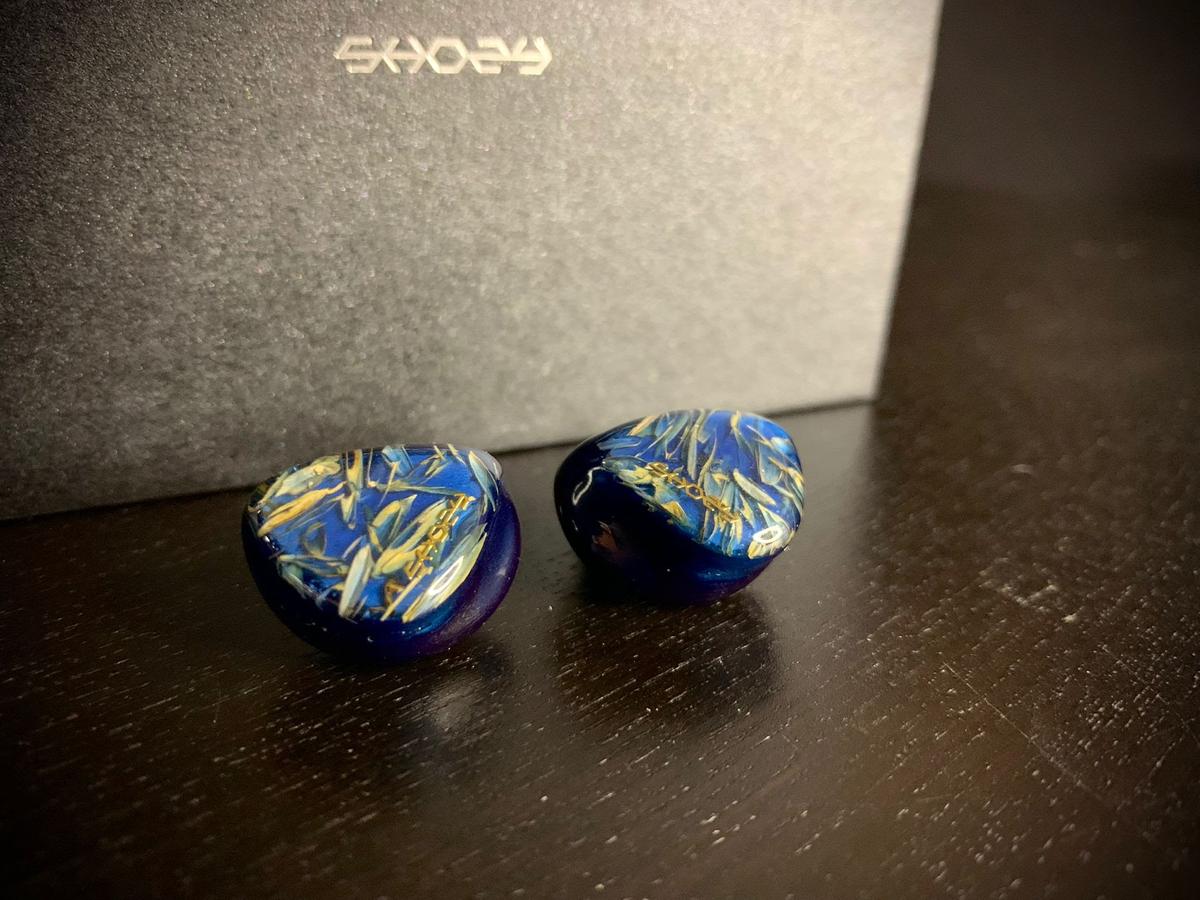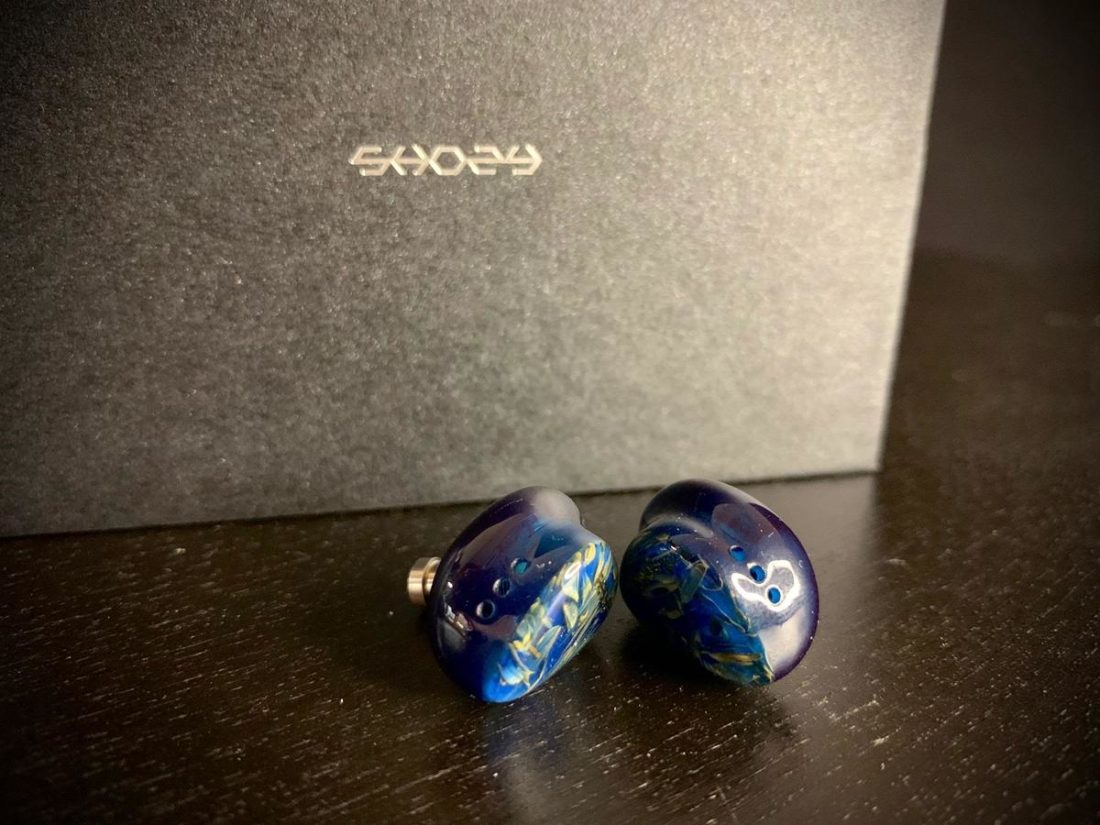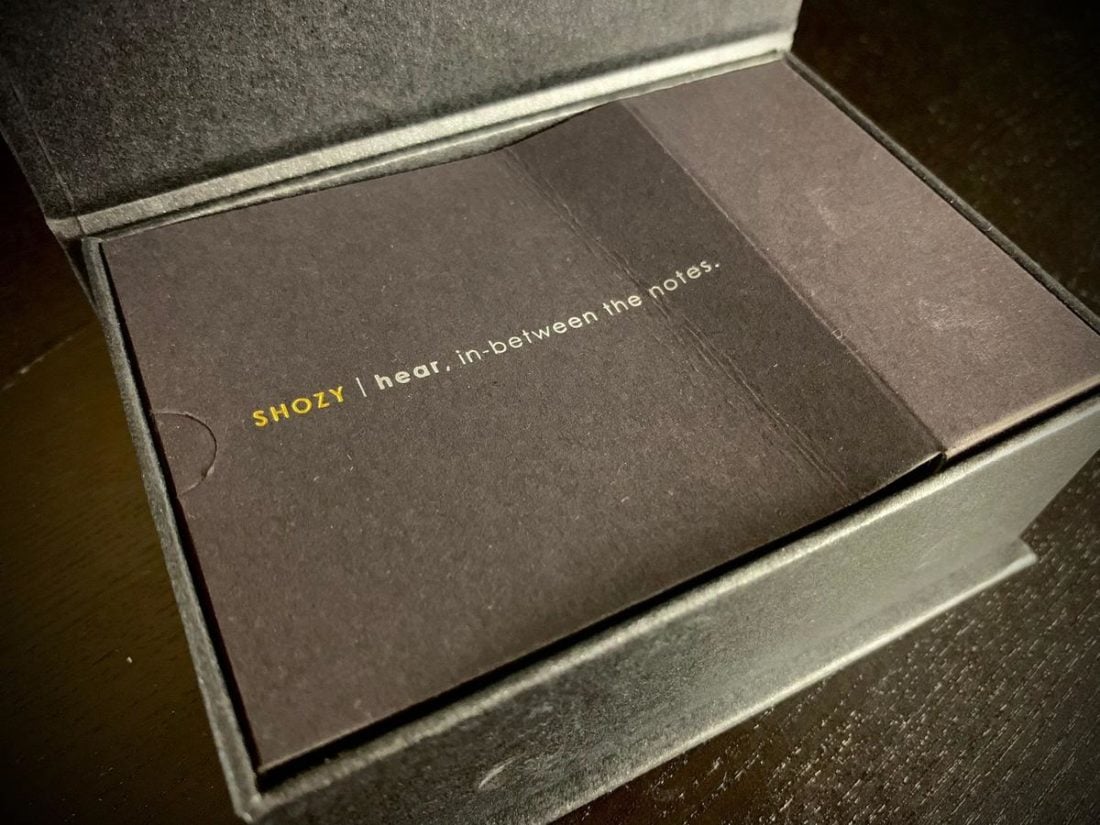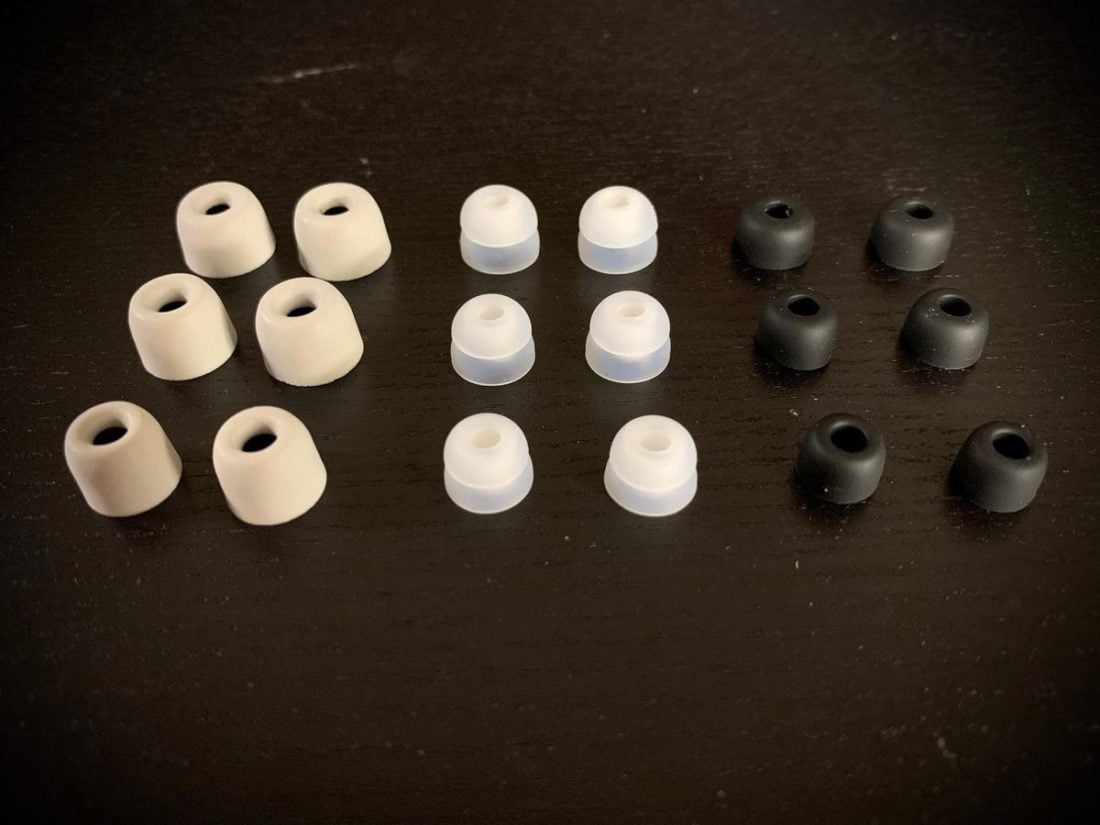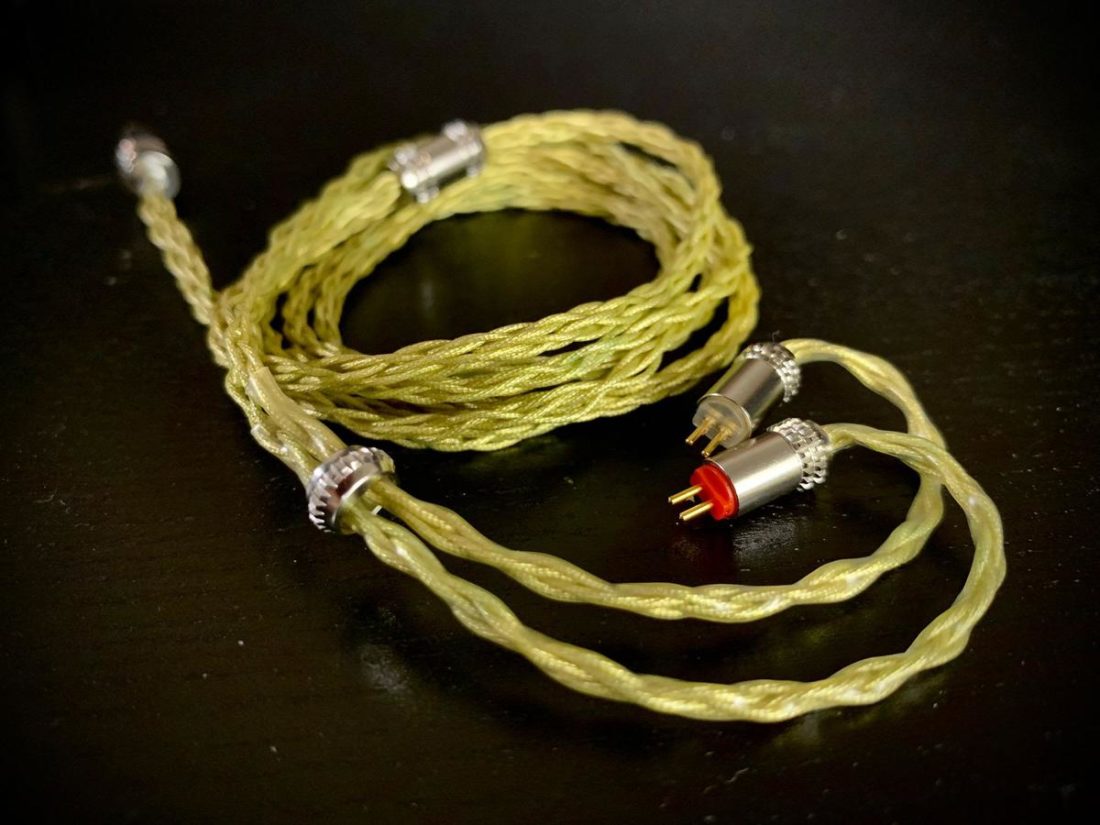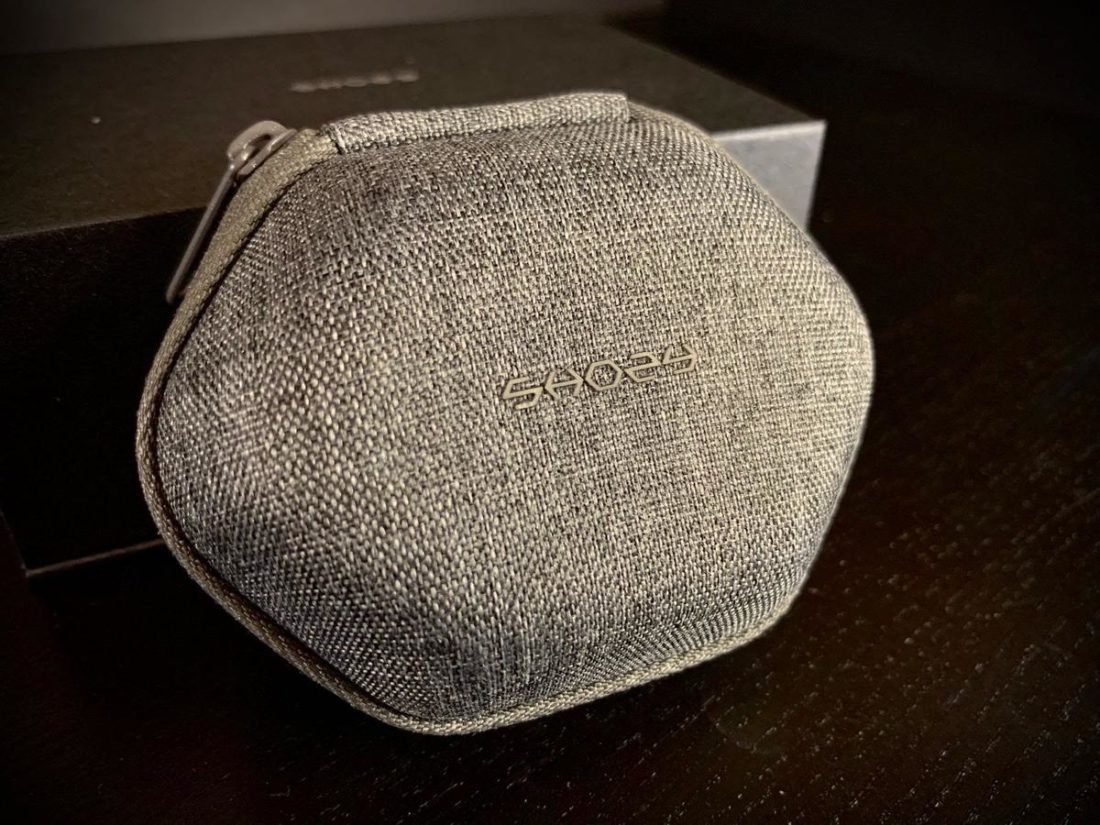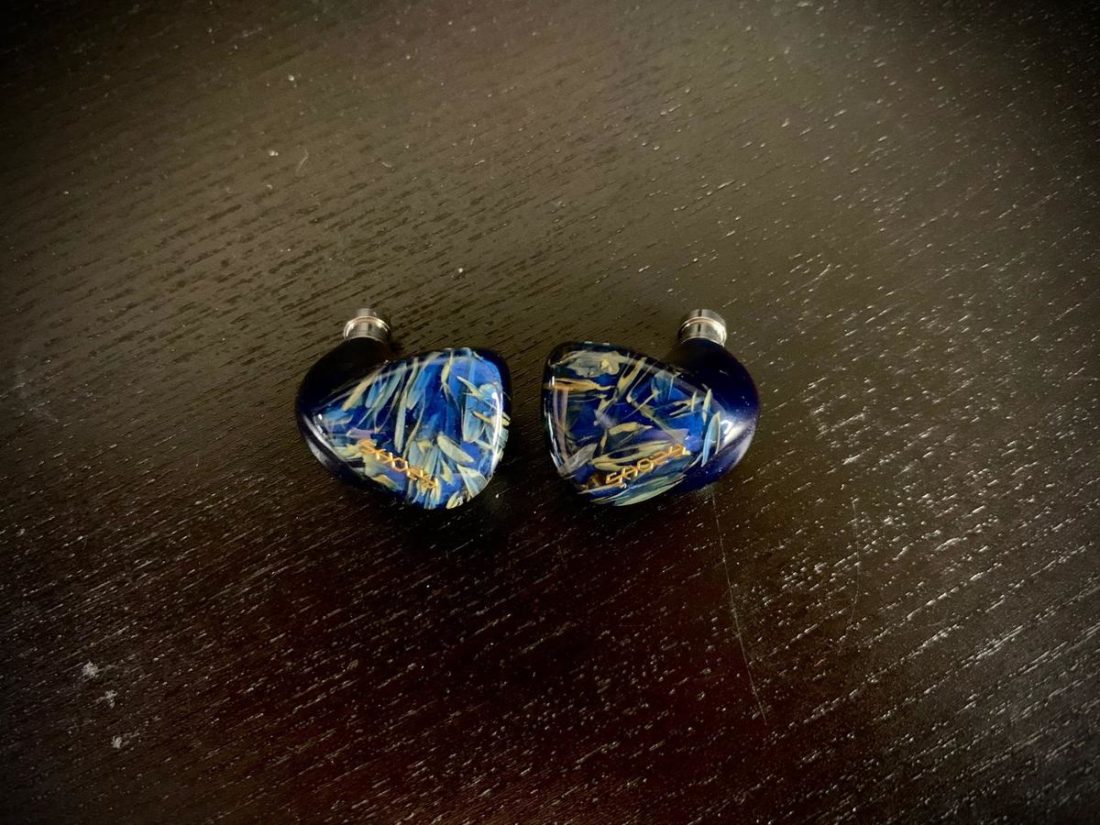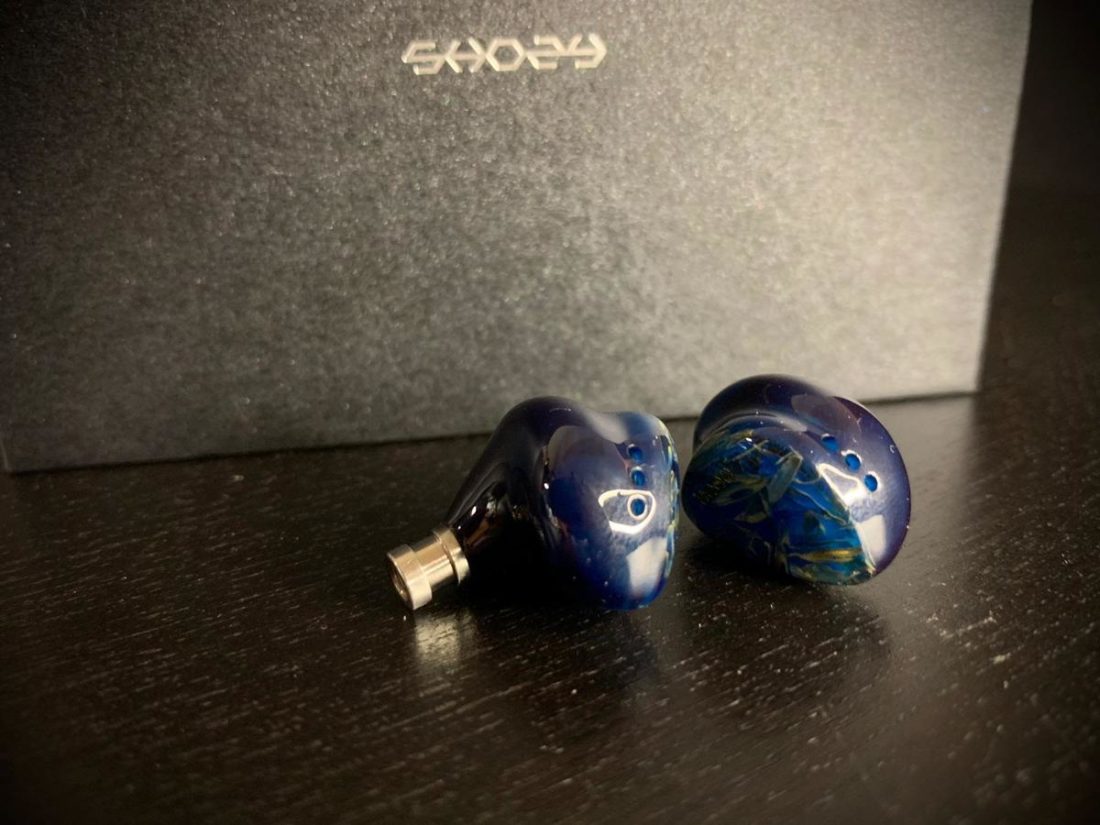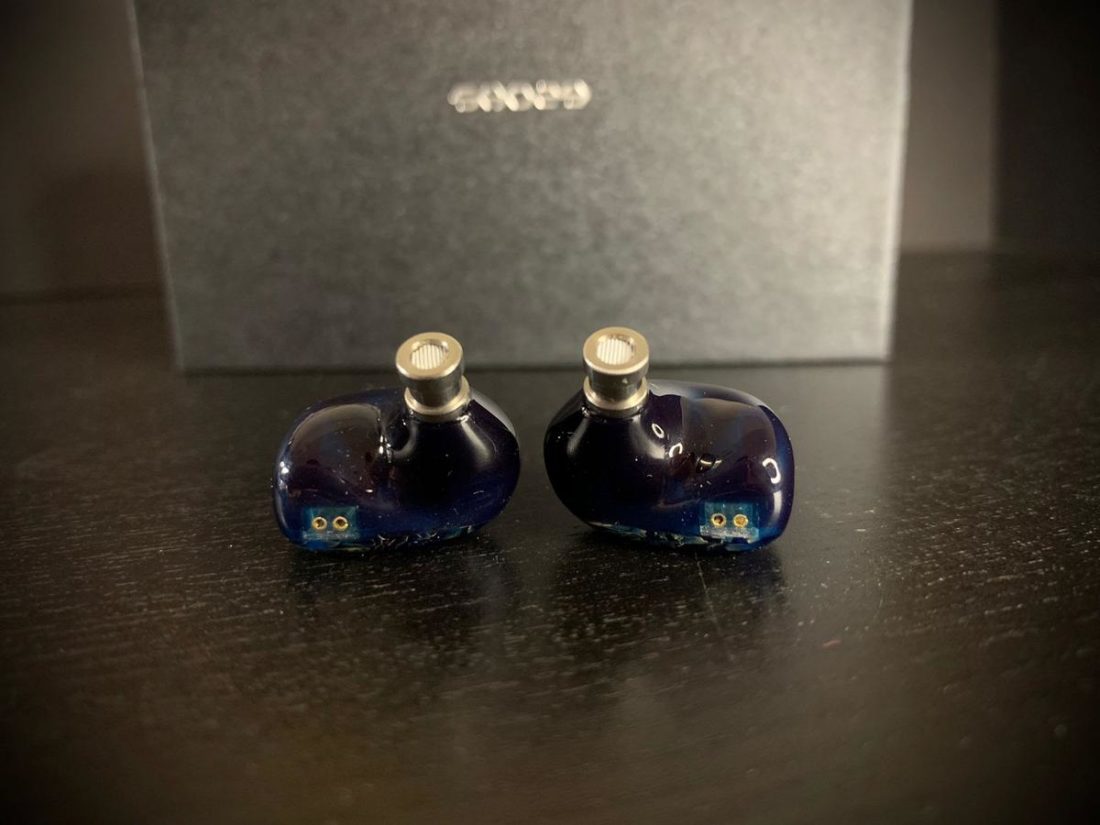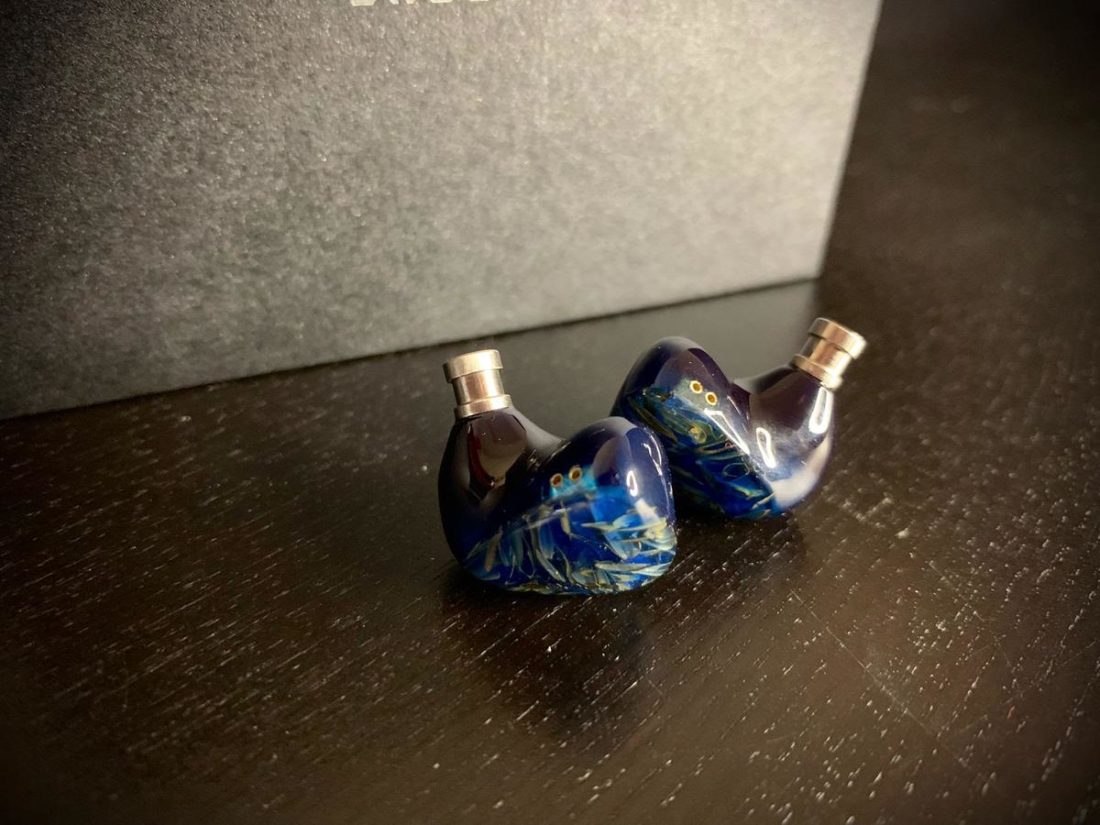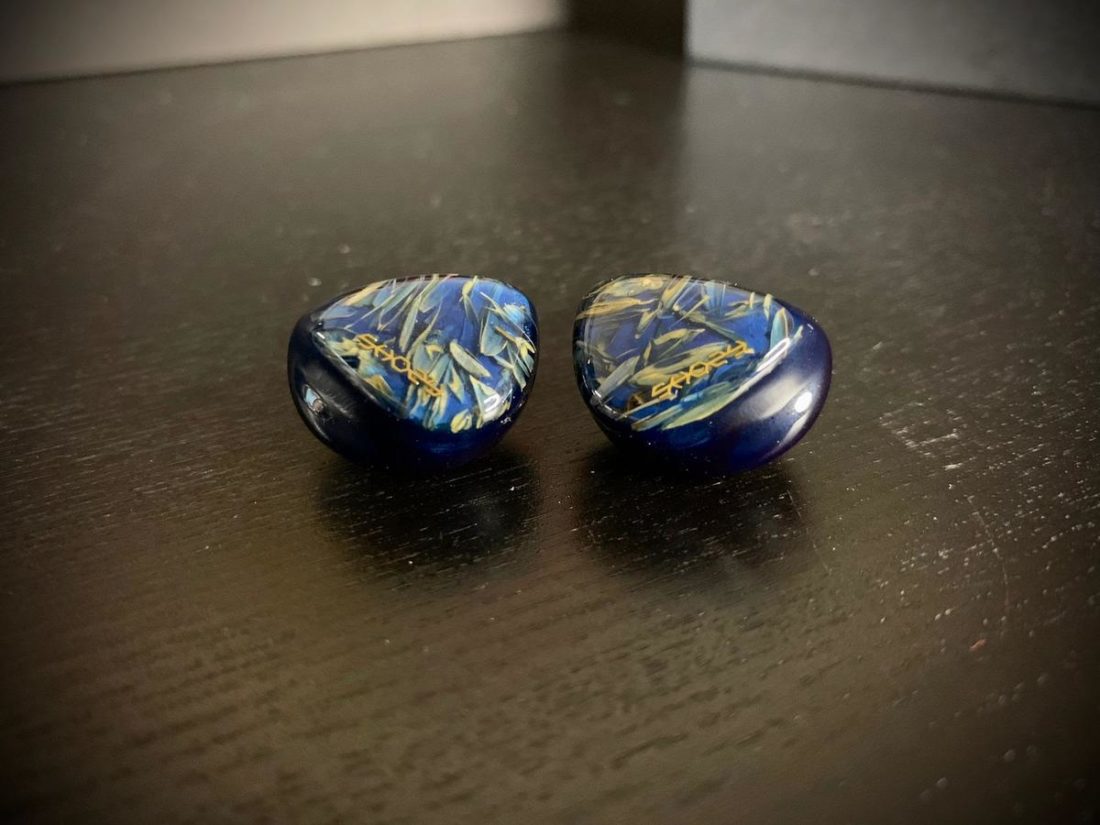Ceres is the ancient Roman goddess of agriculture and fertility. She is celebrated as a symbol of bountifulness and plentifulness. The word “cereal” actually has its roots from this Roman goddess, due to her association with edible grain products and provision. Interestingly, in Roman mythology, Ceres is usually portrayed as a calm goddess who didn’t partake in petty quarrels and fights, unlike her other mercurial divine counterparts. The Shozy Ceres, as we will discuss in further detail below, do live up to their namesake in terms of sound, featuring a calm and laid-back tuning, with big warm bass.
Company Overview
Shozy is a company based in Shenzhen, Guangdong, and is registered in China and Hong Kong. Founded by an experienced engineering and design team, Shozy offers exquisite products of exceptional tuning, styling and aesthetics. For years, the team has been researching in acoustic and circuitry design, and material implementations, diligently striving for engineering excellence and accuracy of high fidelity sound. Shozy has produced some well regarded IEMs, such as the Shozy 1.1 and 1.4, and even earbuds and DAC/amps.
Technical Specifications
Form: IEMs Drivers: 1 x 9.2mm dynamic driver + 1 x ultra-high balanced armature Impedance (Ohm): 19 Ω Sensitivity (dB): 100 dB/mW Frequency Response (Hz): 20 Hz – 20 KHz Removable Cable: Y Cable: Unfortunately, there are no provided details on the materials used for the cable Source Plug: 3.5mm Cup/Shell Plug: 2-pin, 0.78 mm Mic: N Noise Isolation: 26 dB
Packaging
The Shozy Ceres come in a modest and unassuming black packaging. The accessories here are merely okay for this price bracket. While not exactly spartan, I’ve definitely seen a more generous accessory packaging in other similarly priced competitors. Thankfully, everything is pretty usable out of the box, and I don’t think one has to source for aftermarket accessories.
In the box
Shozy Ceres IEMs 3 pairs of double-flanged silicone ear tips (S, M, L) 3 clear short bore ear tips (S, M, L) 3 pairs of foam tips (S, M, L) Cable Hexagon semi-rigid carry case
Personally, I prefer the shorter bore ear tips, as they are more comfortable, and they also give a bigger soundstage. The double-flanged silicone tips provide better isolation, and a bit more upper mids. Although, as a trade-off, they compress the soundstage and they are less comfortable as well. While the provided foam tips are comfortable, I am not really a fan of foam tips, as other than their minimal durability, they tend to drop the treble too much for my tastes. As we will read further below, the Shozy Ceres tend towards a dark treble with not much air, and the foam tips further unnecessarily tame this area.
Cable
The included cable is quite well braided with minimal microphonics. In line with its namesake of the goddess of agriculture, the golden-colored cable looks like a sheaf of wheat. Strangely, I couldn’t find any information on the cable materials in the product insert or on the store page. Well, I’m not going to go into a debate on whether different cable materials influence the sound of the IEM (that’s a big can of worms that usually ends with flame-wars on audio forums haha), but it would have been nice to know what this cable is made of. Although there is no lettering on the cable to indicate the side, the one terminal of the cable is color-coded with a red base to indicate that it is for the right side. So Red is for Right, as per standard convention. The cable comes with a chin cinch for a more secure fit.
Case
The included case is a hexagonal semi-rigid case with a zip. It can resist quite a lot of force and should be very usable for bringing the Shozy Ceres out and about.
Design
Shozy uses 3D printing technology to produce the shell for the Ceres. They feel and look like semi customs and are made of rigid resin. The shells are colored a mix of blue, gold and grey, with the golden words “Shozy” placed on each shell. In the sea of generic-looking silver and black colored IEM shells, the Shozy Ceres certainly stand out, and are a looker. I can imagine that the designers of the shell housing were thinking of a verdant grassland of wheat fields and meandering rivers when they were conceptualizing the shell motif (as per the goddess of agriculture ‘Ceres’ theme). Usually, most IEMs that contain dynamic drivers are vented, so it is no surprise to see that the Shozy Ceres are as well. However, the Shozy Ceres have (a unique) 3 vents in each earpiece! Shozy claims a 26 dB passive isolation for the Ceres in the spec sheet. Considering the Ceres have multiple vents, I would say the isolation is close to as advertised. One will probably get better isolation using the provided double-flanged ear tips or foam tips, rather than the shorter bore silicone tips.
Comfort
The shells fit very well and are comfortable, I have no issues using the Ceres for multiple hours. The provided double-flange tips are a tinge less comfortable than the other tips. I didn’t experience any driver flex, but flex is partially dependent on ear anatomy and the types of tips used, so YMMV once again.
Internals
The Shozy Ceres are a hybrid design with one 9.2mm dynamic driver to handle the bass frequencies and one ultra-high frequency balanced armature to handle the rest of the spectrum. The Ceres can be driven from lower-powered sources. Amping is not essential, though having an amplifier on hand will help them to scale slightly better in the areas of soundstage, dynamics, microdetails, and perhaps bass tightness.
Shozy Ceres Sound
The Shozy Ceres are a bassy and warm L-shaped set. Tonally, the bass is big, verging on bloated, with a relative dip in the mids, and a dark treble completing the overall sound signature. There is a peak in the higher treble around the 9 – 10ish kHz region, but by and large, the treble is extremely tame. To be honest, other than perhaps very treble-sensitive folk, most consumers will find this tuning very niche. Notes on the Ceres lack edge definition and bite. Dynamics are blunted. Thankfully, imaging and layering is good, but instrument separation and microdetails are below average at this price point. The soundstage on the Shozy Ceres is quite wide, and both height and depth are above average. Unfortunately, even with the slightly bigger soundstage, music does sound compressed, especially in complex tracks where multiple vocals or instruments are heard. Some stage monitoring IEMs are tuned darkish in the treble with not much pinna gain, but even so, other than having above average isolation and a good fit, the Shozy Ceres are too weak in technical chops to be used for audio work. To top matters off, the Shozy Ceres have characteristic BA timbre in the midrange and the treble. Timbral accuracy isn’t as authentic as a pair of single dynamic driver IEMs. Acoustic instruments like brass, guitars, woodwinds, and strings sound a tinge artificial.
Bass
The Shozy Ceres have bass quantities that are north of neutral, and are probably just a level shy of true basshead levels. The bass is mid-bass focused, but sub-bass extension is still rather good. The sub-bass rumbles when called for, but it isn’t the jaw-rattling visceral type of sub-bass found in basshead-type IEMs. The big bass quantity adds a lot of warmth to the lower midrange, giving some lushness to this area. But the flip-side is that the mid-bass does bleed into the lower mids. It is kind of a love it or hate it sort of thing when it comes to mid-bass bleed, some might like the added warmth, whereas some may prefer fast and tight bass. In terms of quality, the bass on the Ceres isn’t the most textured or detailed and the mid-bass speed is on the slower side. I daresay the mid-bass may even sound incoherent at times. For example, with faster tracks, the treble and midrange instruments sound a tinge faster than the bass, giving a disjointed feel to the music.
Midrange
The midrange, as discussed, is warmed by the mid-bass bleed, imparting the lower-mid region with some body. Unfortunately, the mid-bass bleed does impinge into the transparency of the midrange, and quite a lot of micro-details and fine nuances in the mids are smothered by the big bass. As a result, the midrange sounds very veiled and nebulous. The upper mids are slightly boosted on this set, but they are generally not fatiguing or shouty. That being said, folks who blast their music at louder volumes might be affected by the Fletcher Munson curve.
Treble
Treble on the Shozy Ceres is dark, and this set is a safe bet for treble-sensitive folks. Other than a solitary peak around the 9 – 10ish kHz region, there is significant higher treble roll-off. This set does not have much sparkle or air, and micro-details and clarity are lost. Although on the positive side, sibilance is very mild or non-existent. The Ceres are definitely not recommended for trebleheads or those that want analytical tuning. Due to the double whammy of big bass and overly smoothened treble, combined with the aforementioned mid-bass bleed, the Ceres have an ‘analogue’ sounding signature. The lack of dynamics and bite means that instruments have blunted and indistinct note edges. Voices and instruments also do not have the best separation; everything sounds like it is blended into an amorphous mix.
Comparisons
I’ve compared the Shozy Ceres with other USD$100ish hybrids:
Vs. TRI I3
The TRI I3 are a U-shaped set, featuring a unique mishmash of a 1 DD + 1 BA + 1 planar driver setup. The TRI I3 have smooth treble and very lush mids, and they are much more power-demanding than the Shozy Ceres, due to the planar drivers inside. The TRI I3 have one of the best 3D soundstages at this price bracket when amped, and they make the Shozy Ceres sound compressed in comparison. The TRI I3 also have better clarity, imaging, instrument separation, and micro-details, with faster and higher quality bass. In fact, it felt like having a veil removed when doing A/B comparisons and changing from the Shozy Ceres to the TRI I3. On the other hand, the Ceres Shozy have much better fit and isolation. The TRI I3 have really huge and heavy shells and can cause ear fatigue. In fact, the TRI I3 is nicknamed the “ear potato” on some audio forums!
Vs. TRI Starsea
The TRI Starsea have four tuning options via switches, so they can be changed from a neutral to U-shaped to a mild V-shaped set. Hence, there are more permutations to play with in the TRI Starsea, and this can increase their versatility with reproducing various music genres and preferred sound signatures. Both these sets feature resin shells that look like semi-customs. They are both very comfortable and beautiful. The TRI Starsea have better isolation. The TRI Starsea also trump the Ceres in technical aspects – in the areas of clarity, soundstage, imaging, instrument separation and micro-details. The TRI Starsea are an airier set, with more upper treble quantities. Even on the bassiest setting on the TRI Starsea, they still do not have as much bass quantity as the Shozy Ceres, but the TRI Starsea have tighter and faster bass. Due to the low 9.5 ohms impedance on the TRI Starsea, they are rather picky with source matching, and pairing with a high output impedance source may skew the frequency response, whereas the Shozy Ceres are less impacted by choice of source.
Vs. Thieaudio Legacy 2
The Thieaudio Legacy 2 are a U-shaped set, featuring a similar 1 BA + 1 DD config as the Shozy Ceres. Isolation and fit are similar in the 2 sets, with both having quite nice shell designs and a good build. The Thieaudio Legacy 2 have better technical performance, in the areas of instrument separation, clarity, and micro-details. The Thieaudio Legacy 2 have less bass quantity but it’s tighter and faster, with less mid-bass bleed.
Where to Buy
Linsoul
Conclusion
The Shozy Ceres are a smooth and non-fatiguing, L-shaped set, living up to their patron deity’s reputation of being a calm and peaceful goddess. Being serene and sedate are good attributes to have, but most folks will find the Ceres to be overly subdued in the upper frequencies. The tuning is pretty unconventional, focusing on big bass coupled with a very tame treble and smooth mids. Niche tuning aside, the Ceres’ technicalities (other than in imaging and soundstage) are below average. In addition, the mid-bass bleed impinges into the midrange and muddies this region, akin to listening to music through a veil. For those particular about timbral accuracy, BA timbre is unfortunately present in the Ceres. This is more obvious with music genres that incorporate acoustic instruments. Although the Ceres have good fit and isolation, the lack of technical proficiency means that I don’t recommend them for use as stage monitors for audio work. To be brutally honest, I’m pretty disappointed with the Shozy Ceres. I applaud Shozy for attempting an unconventional tuning choice here, but the majority of music genres I tried with the Ceres sounded “off” with a distinct lack of midrange and treble reproduction. There are less expensive IEMs out there that do a better job in the three Ts (technicalities, timbre, and tonality). Nowadays, the Chi-Fi budget-mid-fi segment is so ultra-competitive and fast-moving that consumers have many options, and new hypetrains are released on a seemingly weekly basis. Frankly, I have my doubts that the Shozy Ceres will be talked about in a couple of months’ time. Other than for our treble-sensitive brethren who prefer an analogue-ish sound signature, I can’t recommend the Ceres.
